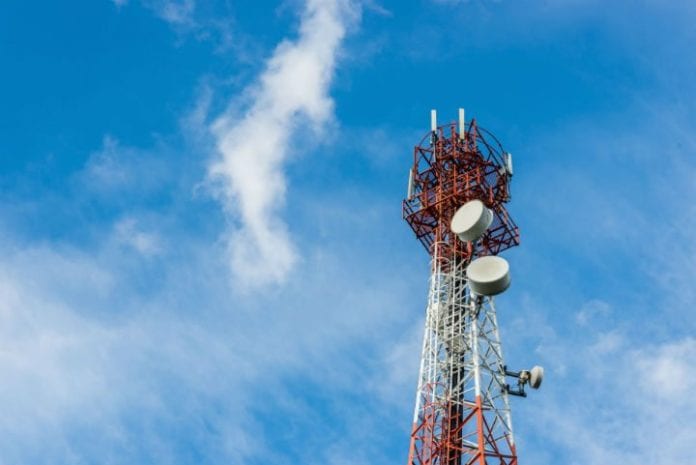The 5G Upgrade Order clarifies the FCC’s 2014 tower upgrade rules
On June 9, the Federal Communications Commission (FCC) will vote on a long-awaited “5G Upgrade Order” that will clarify siting rules for wireless deployment. After the FCC’s 2014 rules regarding cell tower modifications proved ambiguous and out of date, pressure for changes began to mount.
The latest order includes a declaratory ruling and notice of proposed rule making that would eliminate siting delays, promote collocation and accelerate wireless network builds by clarifying rules for upgrading equipment on existing infrastructure, according to the agency.
According to FCC Commissioner Brendan Carr’s statement, the 5G Upgrade Order clarifies the FCC’s 2014 rules by:
- Explaining when the 60-day shot clock for local approval begins
- Specifying what new equipment qualifies for streamlined approval
- Clarifying how local governments’ concealment and aesthetic conditions of approval apply
- Asking for public comment on what activity related to a modification can occur outside of a wireless site
For many infrastructure providers, the order is viewed as a blessing, as it will allow for more flexibility when upgrading equipment on existing towers, and limit the ability of local governments to deny applications based on changes to concealment elements.
The new order will also accommodate backup generators and advanced equipment like edge data centers for tower sites, making the process of tower co-locating faster and simpler.
Carr’s announcement of the vote came during this year’s Connect(X) virtual conference event, and at that same event, Jay Brown, president and CEO, Crown Castle spoke on a panel about how not being able to co-locate is a time killer, and not only would the FCC’s vote to ease co-location restrictions reduce the time involved in modifying or adding additional infrastructure to an existing tower, but it will also significantly reduce the cost in doing so for everyone involved.
“We are, in essence, reducing the amount of cost in the system and the reduction in cost goes directly to our carrier infrastructure and their ability to deploy more infrastructure,” he explained. “As we move into 5G, being able to build these systems cost effectivity, efficiency and knowing the timeline for those build-outs is critically important to all of our successes as an industry.”
“America’s tower crews and telecom techs are building the strongest 5G network in the world. Their efforts already are creating new jobs and opportunities in towns across the country. By streamlining tower upgrades, we will encourage even more investment in our communities and new service to connect families,” Commissioner Carr said. “Rural America will benefit from new competition for their broadband dollars. First responders will benefit from dedicated networks and expanded capacity. And all Americans will benefit from world-leading wireless service as existing towers are upgraded to 5G.”

